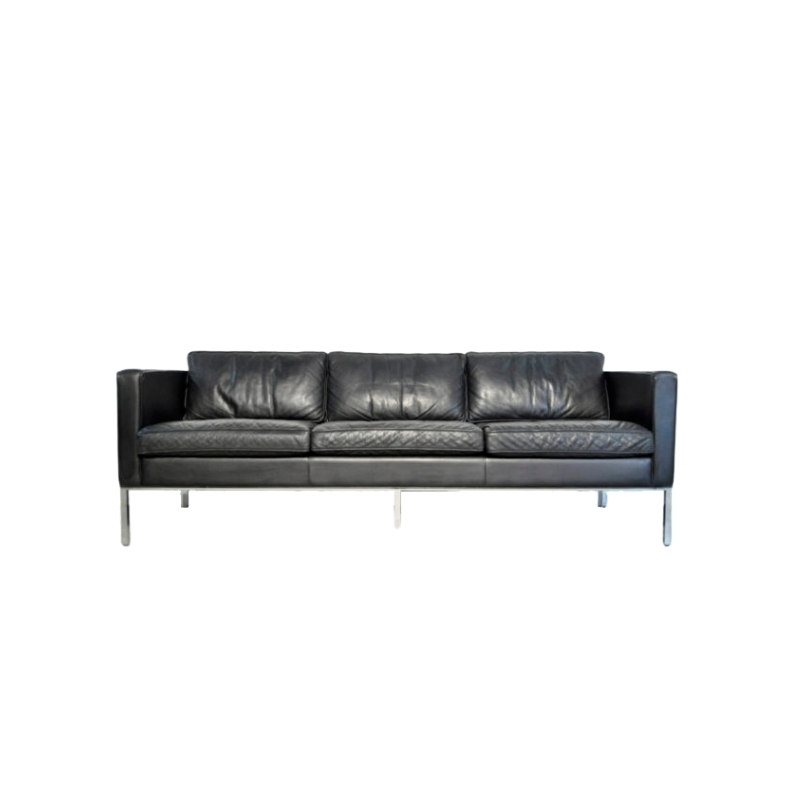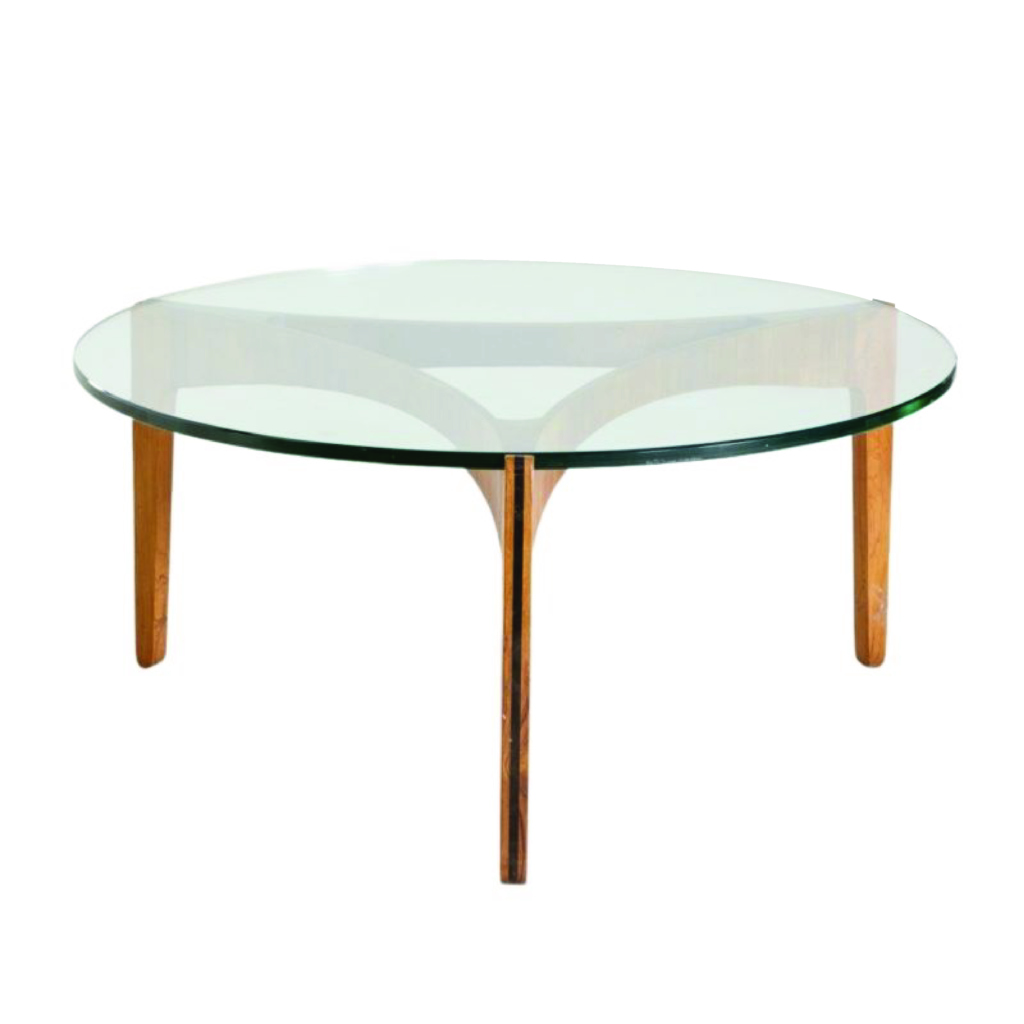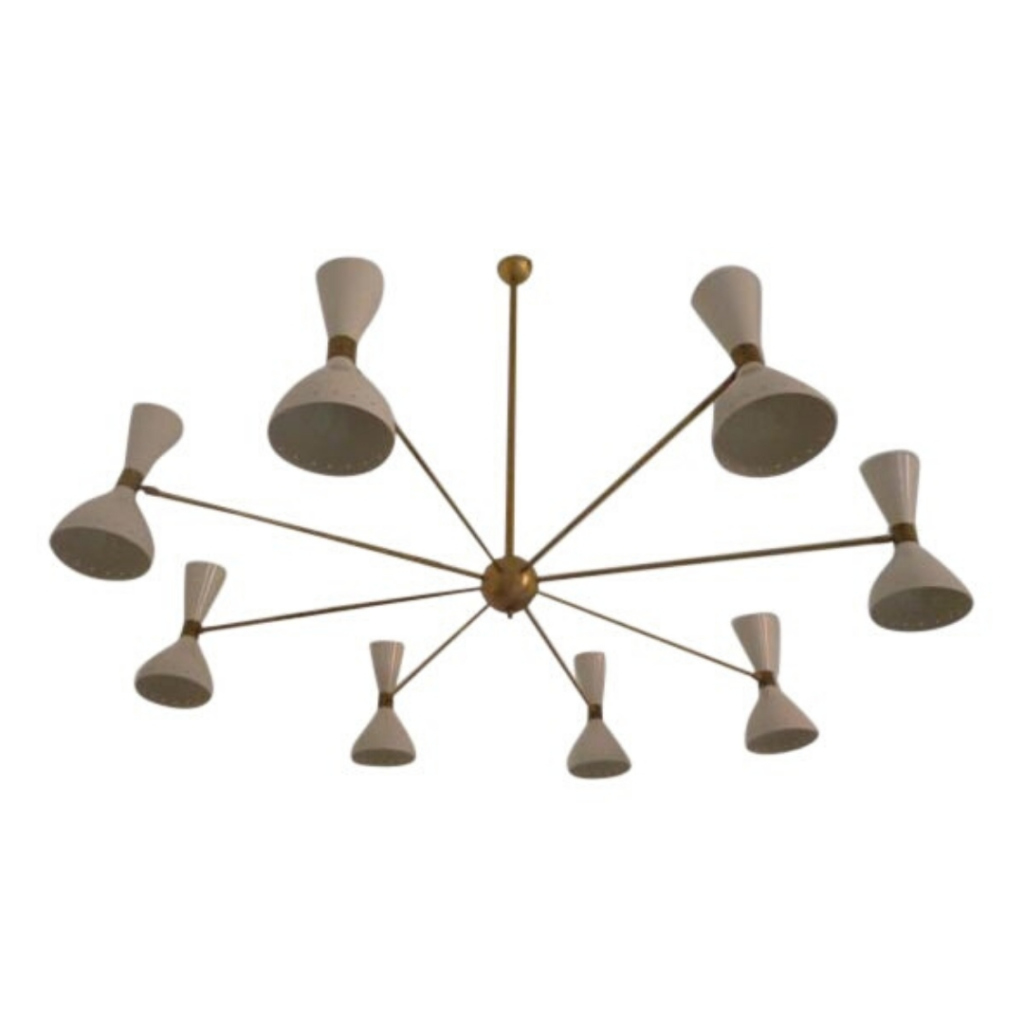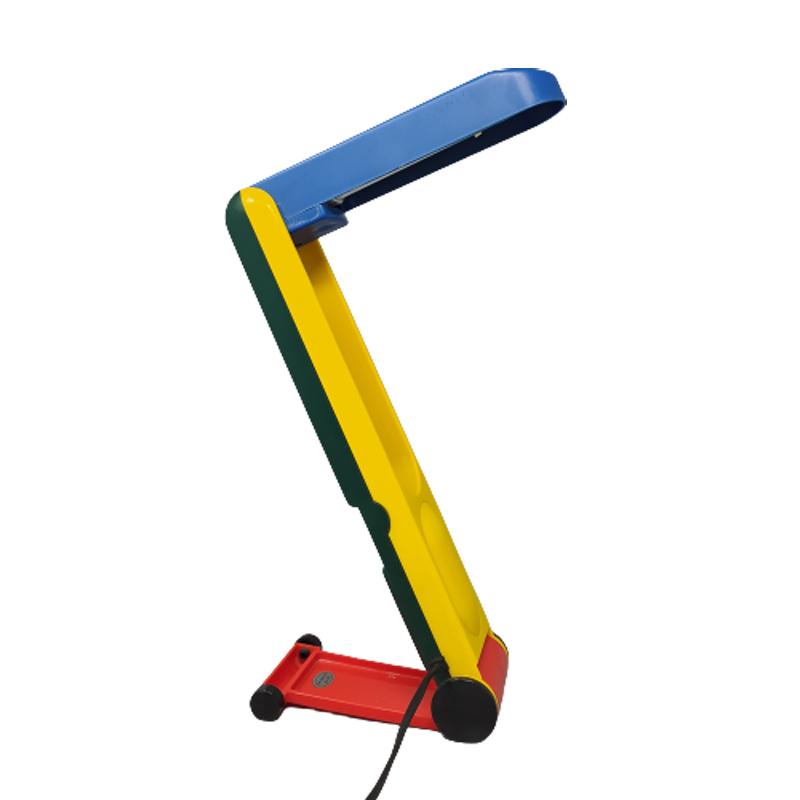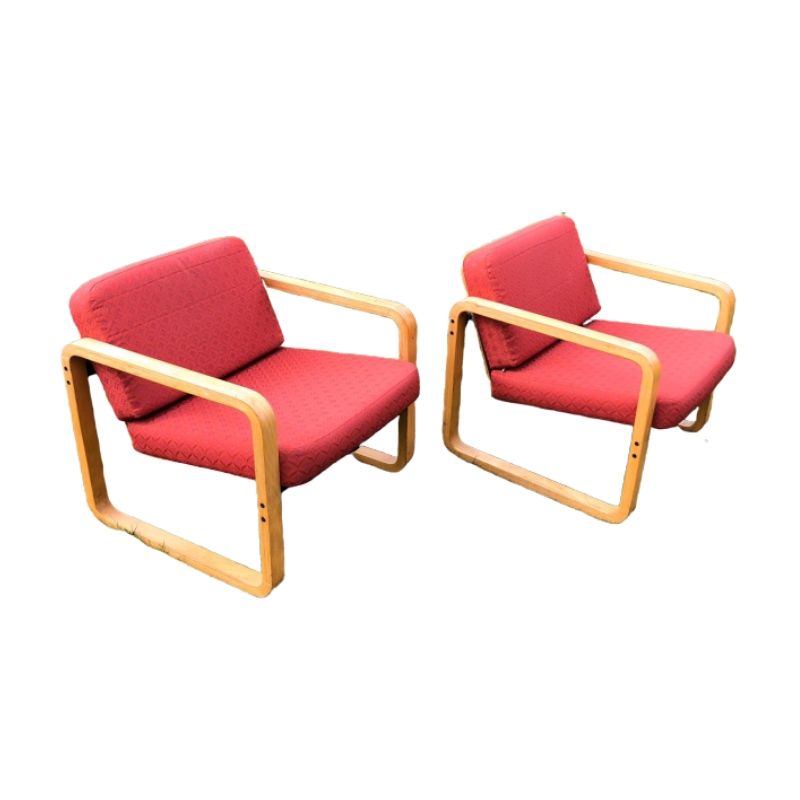I'm surprised to
hear that any chair would be assembled using dowels in both from and side rails, in such a way that the dowels would intersect. Wouldn't it make more sense to offset the dowels so that they passed each other in the leg ?
Dowels are suspect in furniture construction, for me, because while they can receive full side-to-side-grain contact in the rail, they get only cross-grain gluing in the leg -- where their penetration is often shortened by the slight dimension of the leg, making a bad situation worse. But in a chair like this one there isn't much alternative; two tenons would be unacceptably short unless they were held to the very outside of the rails -- not an option with a cylindrical leg ?
(In a chair like this one, and many others, the side plane has a full rectangle of members to reinforce each other, as does the back plane; the front rail is subject to more stress at its joints because there is no second cross-member. The robust top hoop comes into play, here.)
One further joinery option would be an offset pair of rectangular pins extending from the rails, seated in rectangular mortises which passed each other in the leg. This would present more useful glue area in the joint. I wonder if any maker would take the trouble to produce that kind of joinery -- in a production chair. Drilling for a dowel is easier than using a mortise machine; I've never seen a gang mortiser which would make two holes at the same time.
Wonders never cease. I guess that in pieces with dowels intersecting tenons, the construction could prevent complete separation of the side frame if glue failed -- if the ends of the tenons didn't simply tear out and release the dowels. But I continue to believe that the construction is the inevitable result of having front and side rails occurring in the same place on the leg.
Blah blah. Such a lovely and robust chair frame. It's a pleasure to see it looking so good in its glowing revived condition !
Now for the fun of making that back wrap work. I hope the owner won't come to regret oiling that part of the chair . . .
SDR,The current production ...
SDR,
The current production of these chairs uses a stepped tenon on the front and side stretchers of the chair, so that the tenons go above and below each other, respectively. That appears to have been the solution they have come up with, but I think it only works for the upholstered version of the chairs.
In contrast, the woven cane seat versions of this chair have a slit cut through the length of the four stretchers, which weaken them. So, it is important that the ends of each stretchers have as much support and strength as possible where it meets the leg, to keep the stretchers from cracking in half along their length -- and on examples of these caned chairs that have seen some abuse, cracked and fully broken stretchers are not uncommon.
On second though -- Perhaps the dowels used on the front and back stretchers on the early caned chairs might not be as strong as the partial tenon seen in the image below...So, maybe the stepped tenons would have worked better for the caned chairs as well.
Thanks for that.
It would be great to have access to a library of construction X-rays, wouldn't it ? You were quite right to point out that someone disassembling a Round Chair would want to know which rails to remove first !
An alternate to the simple stepped tenon, as in the example you show above, one which would address the caned-seat version, would be a single centered tenon on one rail (encompassing both halves of the split rail), while the other rail would have a pair of tenons. Each of these configurations would have the same amount of glue area, and both would be better able to withstand racking forces, compared to the photographed example above -- it seems to me.
I suppose the ideal in furniture construction would be joinery which couldn't be disassembled, due to sufficiently large areas of glued connection. Joints which can be knocked apart with a mallet seem to lack something, to me. On the other hand, perhaps a middle ground has been achieved by the makers of these chairs, such that they are sufficiently sturdy for responsible use while not being impossible to repair.
In my recipe, repairs would require the sacrifice of some parts but the joinery would be impregnable. Perhaps the result would be clunky-looking and too heavy ?
By the by, I bought an inexpensive 16-oz deadblow (plastic mallet filled with shot) years ago, and use it a lot. I love the way it behaves -- miles ahead of any rubber-headed mallet I've used.
After getting past my initial rustiness, and a couple of false starts, I got the front to back weaving done. The hard part is figuring out how to get the wraps past the center seat support, because it is kind of in your way. It turns out it is not that complicated in the end. I hope to finish the side to side weaving tomorrow, and the backrest wrapping if I have enough cane left. If I have to order more 5mm binding cane I will not finish until next week sometime.
Thanks jesgord.
I finished the seat today, and am very happy with the result. Like every cane wrapping job I have done, it was a fairly painful experience.
I went to do the backrest wrap, thinking it would not be too difficult, but it has defied my efforts so far. It does not seem to be a straightforward matter of the cane just being evenly wrapped, but rather, it sort of fans out from the center toward the sides.
Thanks all.
I think I figured out the backrest wrapping. My initial conclusion that the wraps were done from the center outward to the arms was not necessarily correct. At this point my luck has been better working from the arm toward the center. In the end it may not matter which direction one goes.
I inspected the old original cane I had removed from the backrests and saved in a paper bag, and it slightly overlaps each wrap, at the bottom of the backrest. At the top there is no overlap. At first I could not get the cane to want to do this, since it was still too hard even after soaking, and wanted to slip off. However, I used my HAAN handheld steamer and this made it easy to do, since it makes the cane very limber at the points where I need it to be.
Another thing that helped was the old ghosted imprint of the original cane, since I am using this as my guide. If my wraps start to vary from the original, I am able to correct it by unwrapping and start that area over.
EDIT: Starting the second side of the backrest, I found that it seems you pretty much have to wrap from the armrest inward toward the center of the backrest, since the downward slope of shape of the wood does not allow you to overwrap the cane slightly if you try wrapping from the center toward the armrest, since the cane just slips off itself. So, right now I am wrapping in toward the center from the other side. This actually gives you quite a lot of control over how much of the cane you want to overlap onto the preceding wrap.
I finally got the backrest wrapping done. I have to amend what I said above, in that I found it pretty much impossible to weave from each side to the center, and be able to match up the spacing of the wraps on the front and the back sides of the backrest so that everything would match up once I got to the center of the backrest.
So, I ended up just continuing toward the second armrest from where I left off in the center, in the photo above. It was harder to overlap the wrappings of cane going downhill than it had been going uphill, but there are some things you can do to control the cane so that it does what you want. Again, the steamer helped a great deal.
I wonder how fast the factory workers in years past could weave one of these. I imagine there are a lot of tricks to speed things up that I am totally unaware of.
Great job turning that pile of sticks back into a gorgeous chair. Now I can see why the different colored woods on the backrest don't matter, it's all covered up with the caning. Those joints are beautiful though, almost a shame to cover them.
I don't know much about caning, do you ever oil it or treat it in any way to help keep it from breaking over time?
Wow, nicely done!!
I feel your pain on the cane slipping. I get that even with paper cord on rails that are longer along one side than the opposite because of curves. Did you try clamping? I have one spring clamp that has just the right amount of pressure, enough to hold the material in place but not enough to damage it.
I've been referring caning jobs to other people lately because it seems to be one of those things that you need to do regularly to be comfortable with. I only get a few a year and on every one of them it takes me nearly the entire piece before I feel like I've got the method worked out.
I want a time machine so that I can go back and watch these guys do these tricky techniques with finicky materials. I will take videos and post them on Youtube if and when this happens, I promise.
If you need any help, please contact us at – info@designaddict.com



